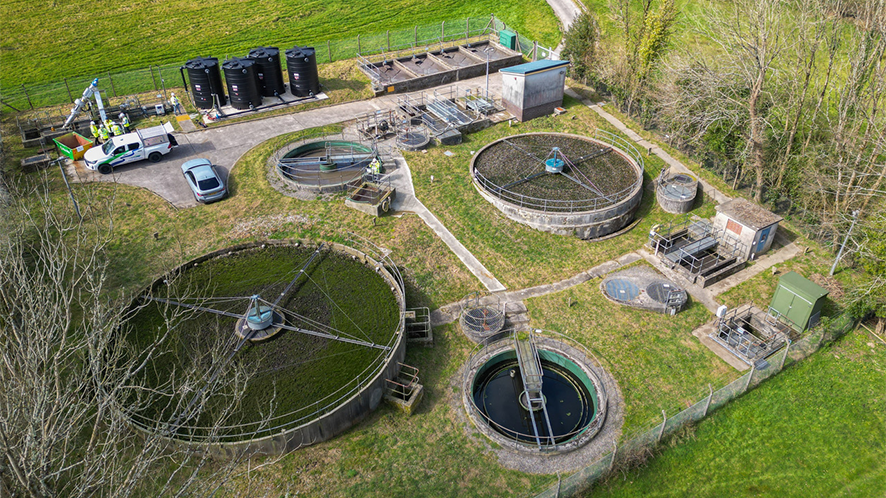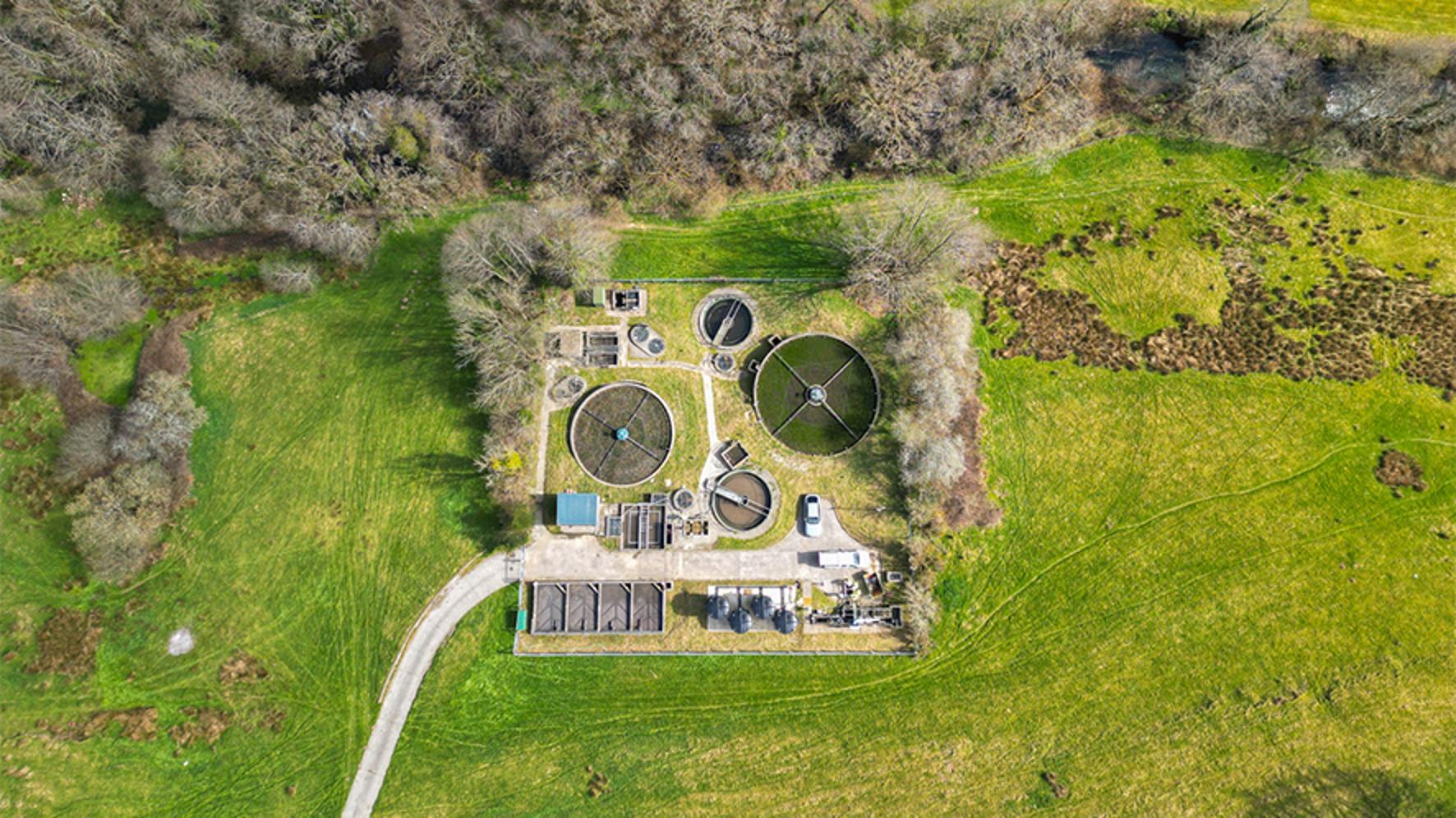Rilla Mill in Cornwall shows that we’re making progress in reducing storm overflow use. After our interventions, storm overflow spills at the site have been reduced by 93%, falling from 293 in 2023 to 19 in 2024.
The changes we’ve made at Rilla Mill show why it takes time to address storm overflows – they can’t all be sorted out overnight. It also shows that we’re making progress in delivering the improvements customers want to see.
Why do storm overflows spill and how do you stop them?
Storm overflows release excess wastewater when there is more in the system than it can cope with. To address this, we have a few options: upgrading treatment works so they can deal with more waste at any time, build storage to hold excess wastewater at times of heavy flow, or find ways of keeping rainwater out of the system, as this is what typically causes overflows to operate.
When choosing between these options, we have to understand how a particular site operates. For example, there might be limitations around what we can build because of lack of space. We also need to think carefully before simply adding more treatment capacity – this costs money to buy, install and maintain, as well as energy to run.
What improvements were made at Rilla Mill?
Having surveyed the site, we put a few solutions in place to reduce storm overflow use:
- Keeping rainwater out of the system
We checked the sewer system leading to the works at Rilla Mill and found places where water could get through after heavy rainfall. To address this, we re-lined the pipes – a no-dig solution that seals the sewer without the need to dig trenches and replace pipes. Working for over 700 hours, we lined 584 metres of sewer and sealed 11 manholes to make sure water couldn’t get in.
This lining means less water enters the sewer after heavy rain, so it’s less likely the system will be overwhelmed.
- Adding more wastewater storage
We added a new rapid balance tank which will hold excess wastewater. When there’s more flow to the sewage treatment works than it can handle, excess will be kept in the tanks until it can be treated. This makes it less likely that the storm overflows will be used.
- Fitting new screens
Screens act like a sieve to filter solids from waste. We’ve fitted a new inlet screen which will help to make the works more efficient by separating things like wet wipes, nappies and any leaves, branches or objects that have got mixed up with the waste.
We’ve also fitted screens to the storm overflow. This means that, in the event that the storm overflow is needed, solid waste is held back and only liquid can pass through. This helps to reduce any impacts on water quality from the storm overflow.

The scale of our investment in reducing storm overflow use
We invested £300,000 to make the changes at Rilla Mill. This is just one example of the progress we’re making in tackling storm overflows. Under our Turning the Tide programme, we’ll invest 760m in the next five years to reduce storm overflow usage.
The Government has asked water companies to reduce storm overflow spills to less than 10 per year, per overflow. We’re aiming to achieve this target 10 years ahead of the deadline.
Want to know what investments are being made in your area? Check our Waterfit Live map – click a pin on the map and use the link to see local investment information.

